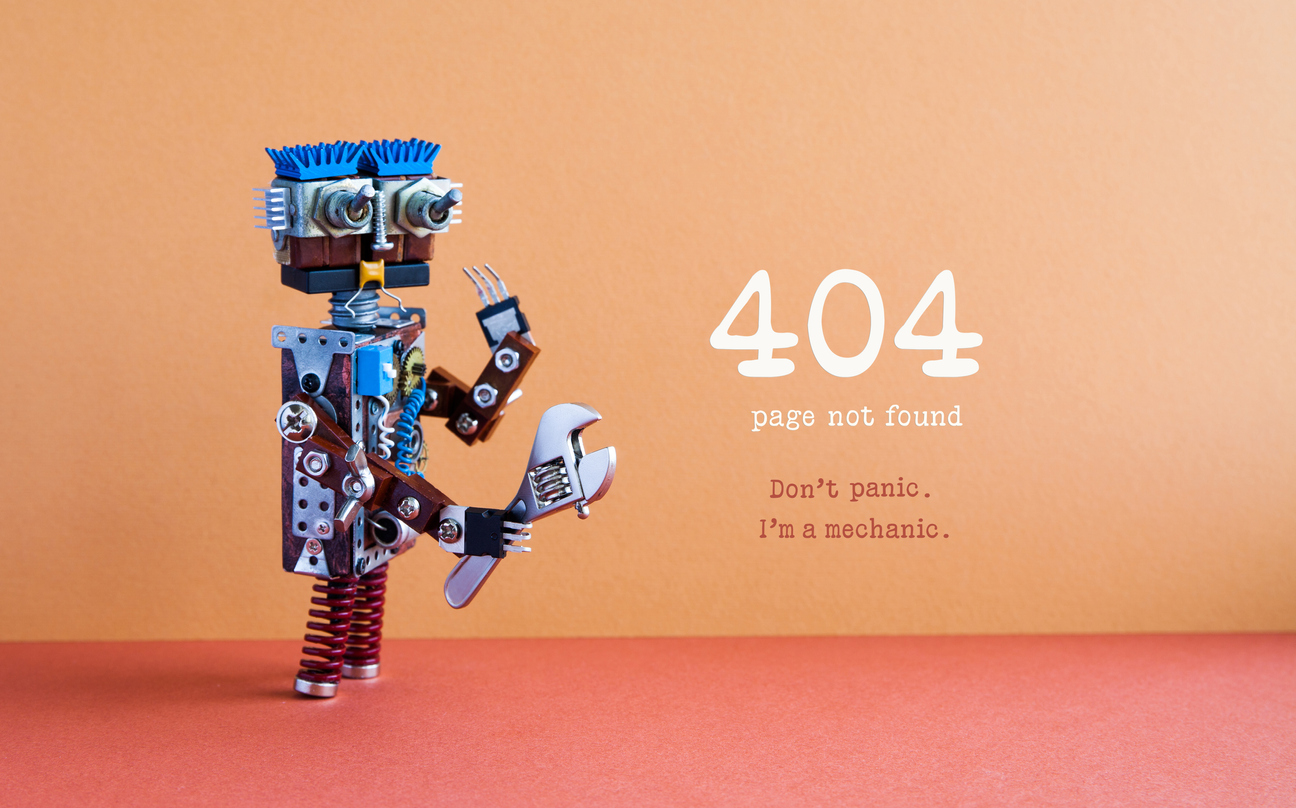When you connect to the Internet, you might connect through a regular modem, through a local-area network connection in your office, through a cable modem or through a digital subscriber line (DSL) connection. DSL is a very high-speed connection that uses the same wires as a regular telephone line.
Since the connection is digital, DSL technology doesn’t have a digital-to-analog conversion like traditional modems. It eludes voice audio spectrum frequency boundaries because it can use frequencies above the voice audio spectrum. This means you can use your phone while maintaining your Internet connection.
The DSL (or Digital Subscriber Line) internet service makes its connection by utilizing unused telephone wires that cause no interruption to your telephone service. The speed you experience with a DSL connection varies with your distance from the switching station. Your speed will be slower the further away you are and faster the closer you are to the switching station and this may be a deciding factor when you attempt to select between a DSL line and a cable connection.
In telecommunications, broadband is a wide bandwidth data transmission with an ability to simultaneously transport multiple signals and traffic types. The medium can be coaxial cable, optical fiber, radio or twisted pair.
Broadband Internet service truly is the most used form of Internet access because of its high access speeds; it is offered in four different forms, DSL (or Digital Subscriber Line), also fiber-optic, cable, and satellite. The old dial-up connection is the only non-broadband internet service available, and even though it is cheaper, most Internet users are moving towards the faster broadband Internet connection.
Footer
About Us
Contact
Latest posts
-
3 Disaster Recovery Lessons
08 January,2019 -
Productivity Showdown: Microsoft Office 365 vs Google G-Suite
04 December,2018

